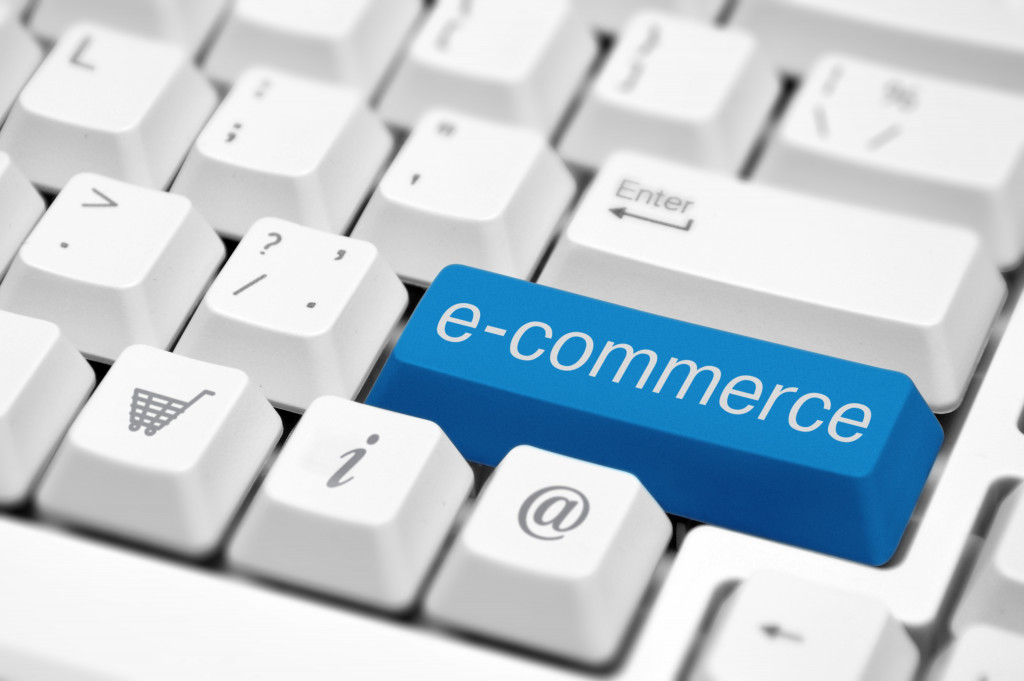Compared to its Asian neighbors, e-commerce in the Philippines still feels like a baby—but surely, it’s growing. According to the CEO of Zalora Philippines, Paulo Campos III, the industry’s sales could hit $12 billion by 2025. Back in 2015, it earned only $500 billion.
In the first half of 2020, the peso value of the goods sold and the number of buyers doubled compared to the whole of 2019.
Meanwhile, the iPrice Group shared that the Philippines posted the highest increase in shopping apps used in Southeast Asia when it went up by 53 percent. The average basket size, or the number of items they add to shopping carts, also rose by almost 60 percent. Filipinos spend an average of 1,300 pesos monthly on online purchases.
In other words, we see the rise of e-commerce in the country. And if you’re an online seller, now is the best time to ride it. But with so many merchants out there, how do you ensure you get a significant share of the market? Here are three ideas:
1. Develop an Efficient System
According to Statista, online shoppers, especially Filipinos, have three reasons for pushing through with the transactions: convenience, speed, and ease of use of apps. With these in mind, consider these tips:
- Make the shopping steps straightforward and quick. The fewer clicks the customers have to do, the better. Reduce the time they spend filling out forms.
- Think about shipping. One of the biggest reasons for cart abandonment is shipping. It is either too expensive or too slow (or both). Because of huge merchants like Amazon, customers now expect to receive their orders the same day or two days. Of course, in the Philippines, the shipping time can vary because of logistical challenges. However, you can make shipping more attractive in different ways: (1) choose a logistics partner with a wide network, (2) consider door-to-door delivery, and (3) extend free shipping.
- Be clear with the returns policy. In a study by Barilliance, over 65 percent of consumers will likely buy more if the returns policy is generous and clear. As a start, already include the cost of possible returns on your product’s price. You can also offer the standard 30-day money-back guarantee (although this depends on the goods). Note that in the Philippines, the “no return, no exchange” policy is generally illegal.
2. Include More Payment Options, but Don’t Forget COD

With the growth of e-commerce in the Philippines comes the increasing demand and use of digital payments, including credit cards.
In a Visa study across many countries, more Filipino online buyers are using credit cards. About 70 percent of the respondents said they are likely to use the same payment method even when the COVID-19 pandemic is over. The global average for digital payment preference is 68 percent.
Another popular payment option in the country is Gcash. According to Globe, the total transactions made by the app already reached 1 trillion pesos in 2020 alone.
The highest daily gross transaction value was over 7 billion pesos, while Gcash processed at least 6 million transactions a day. The number of users also ballooned to 33 million. That’s over 60 percent growth compared to 2019.
PayPal, meanwhile, is poised to become another preferred digital payment option in the country. In its latest survey, the Philippines now ranked second behind Malaysia in increased use of e-wallets in Southeast Asia. About 99 percent of Filipinos also planned to use them after the pandemic.
Note, however, that while more Filipinos are going cashless, a significant percentage can’t do it. Despite the growth of credit card use, the card penetration in the country is still less than 15 percent. It may not be the best time to abandon cash on delivery option.
3. Be More Particular with Your E-commerce Platform
Usually, when Filipinos want to sell goods online, they head to popular merchant marketplaces like Lazada, Shopee, and Zalora. Some offer their products on social media, such as Facebook and Instagram.
While there’s nothing wrong with being part of these channels, you are also about to face intense competition. Shopee alone has over 300,000 active sellers.
You can reduce the number of competitors by being more specific with your e-commerce platform, focusing on your niche.
For example, if you’re offering health and wellness products, you can opt for iHerb, which has a global network and a decent online reach. According to iPrice, it receives over 34 million monthly visits and maintains a strong social media presence.
Granted, the website traffic may be significantly less when you choose niche-based apps or merchant sites. But you’re more likely to make a sale faster since the prospects or leads become more targeted.
To be clear, you won’t find success overnight in Philippine e-commerce, no matter how popular it is. The growth of your online business still depends on your strategies, commitment, and knowledge. But these three tips will hopefully give you the first sale faster.

